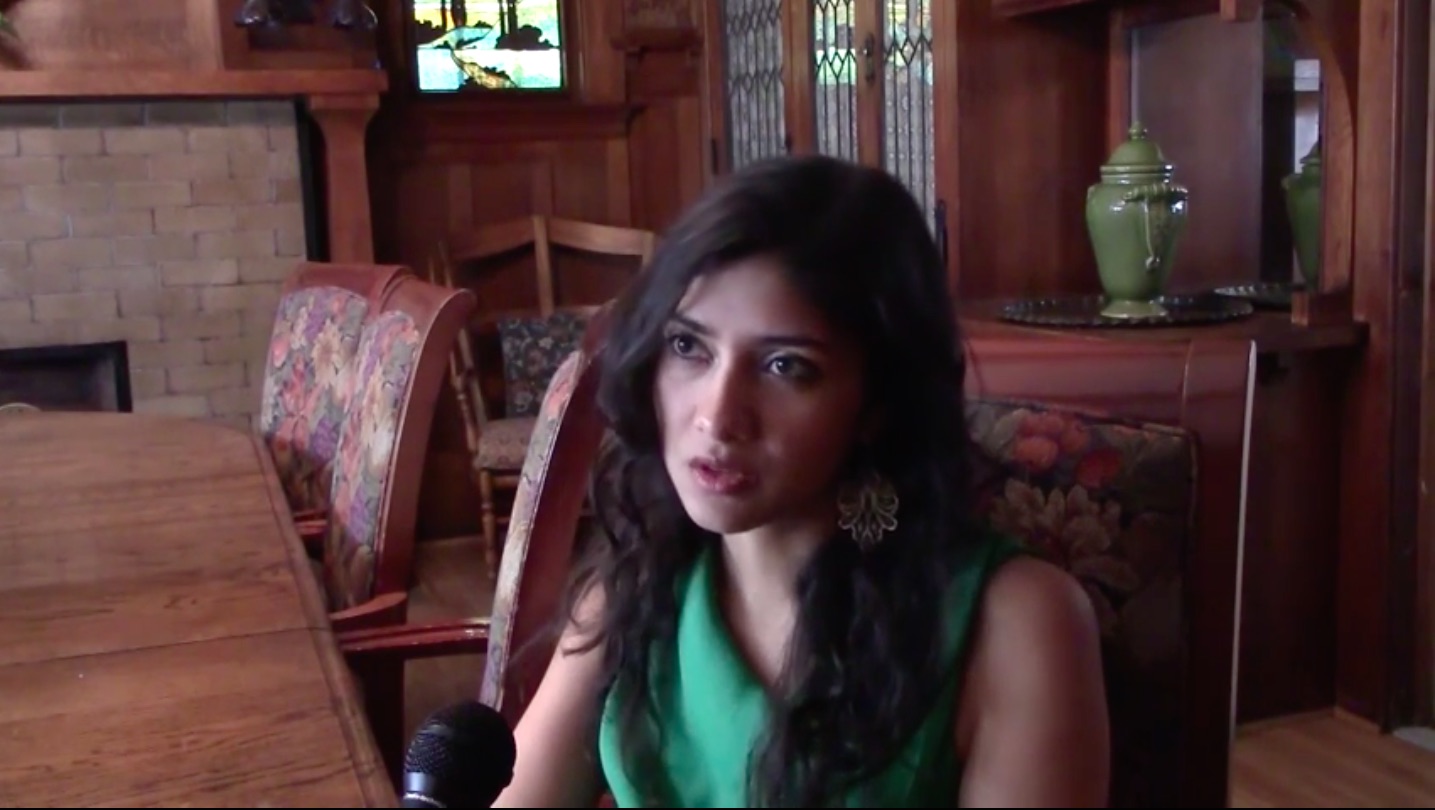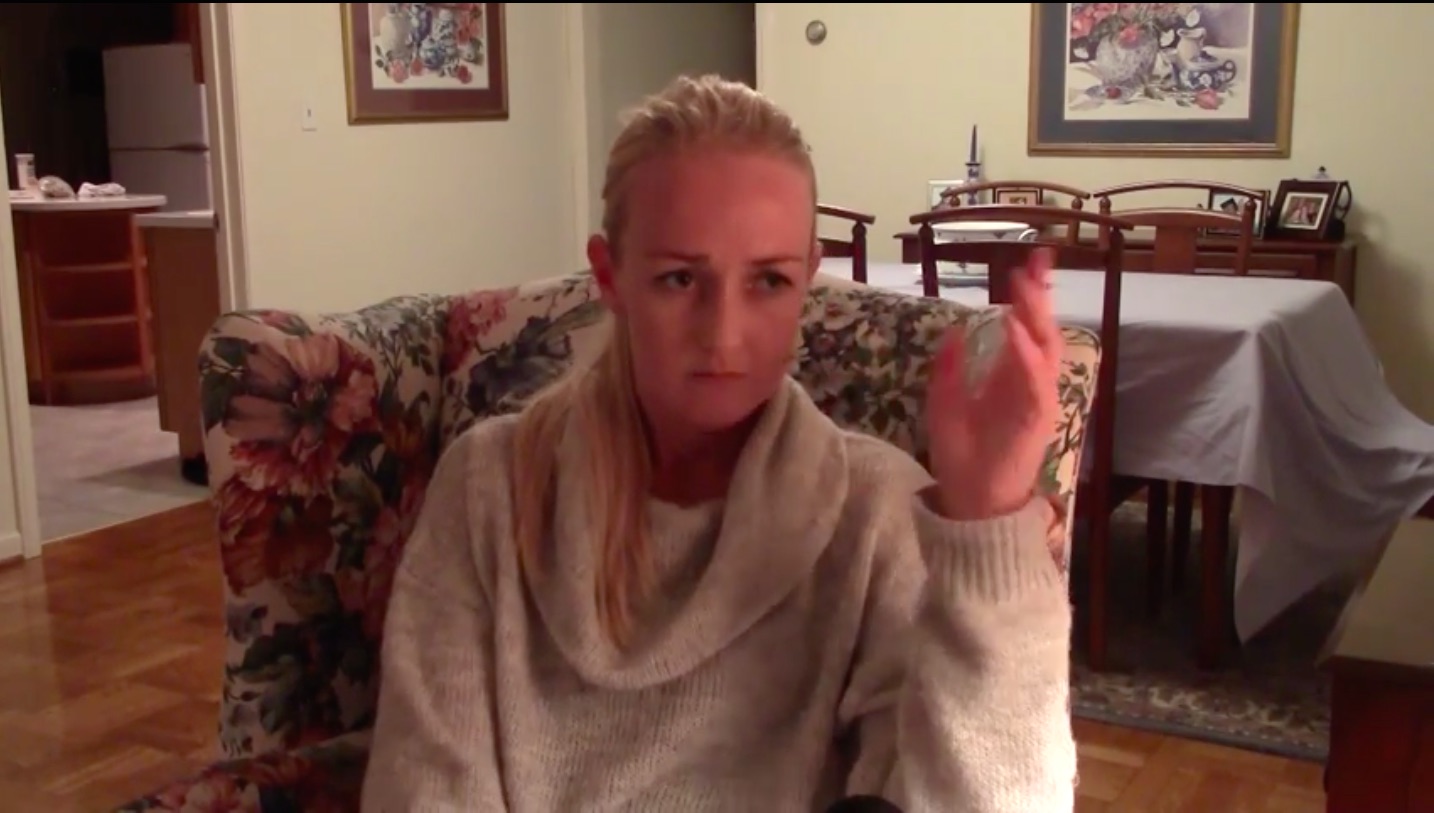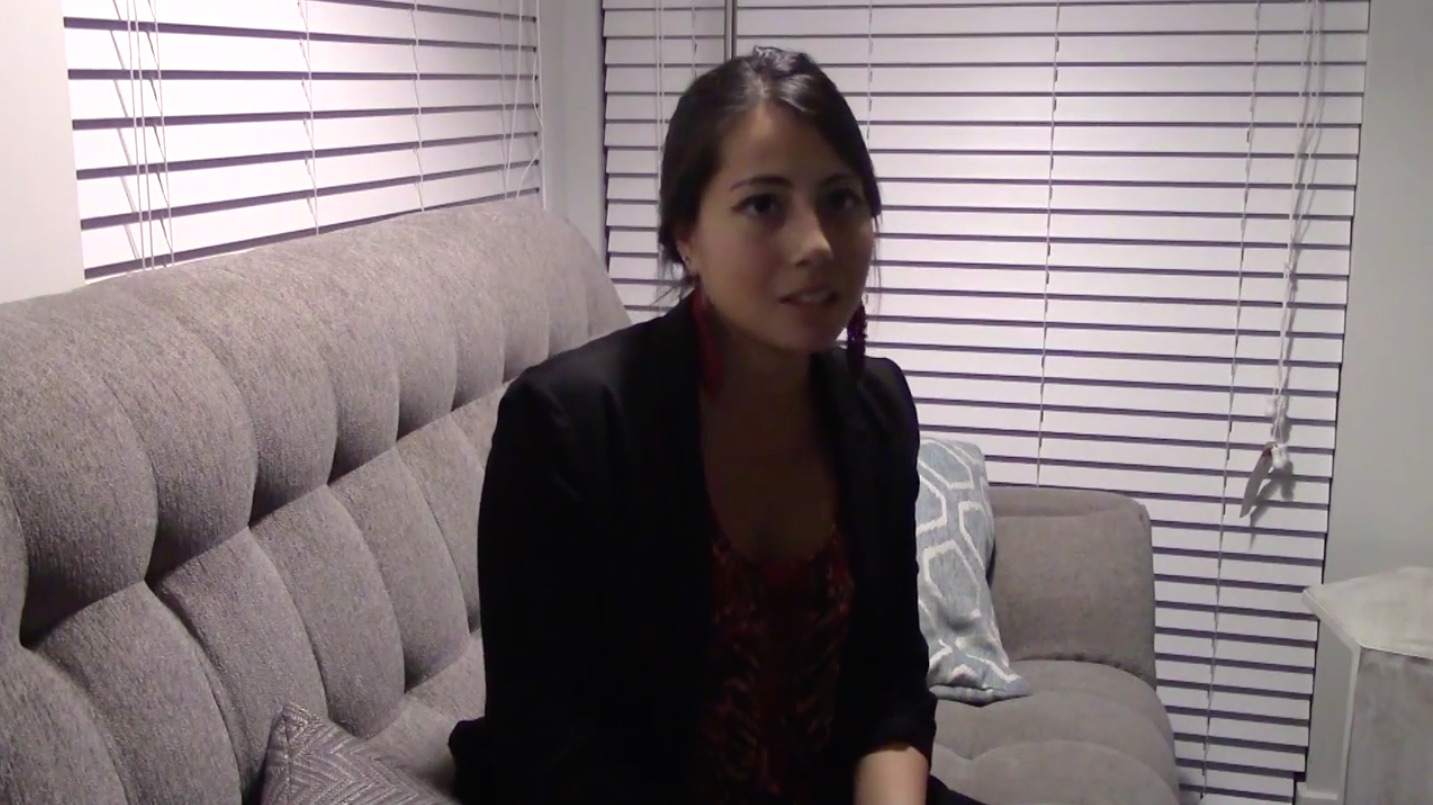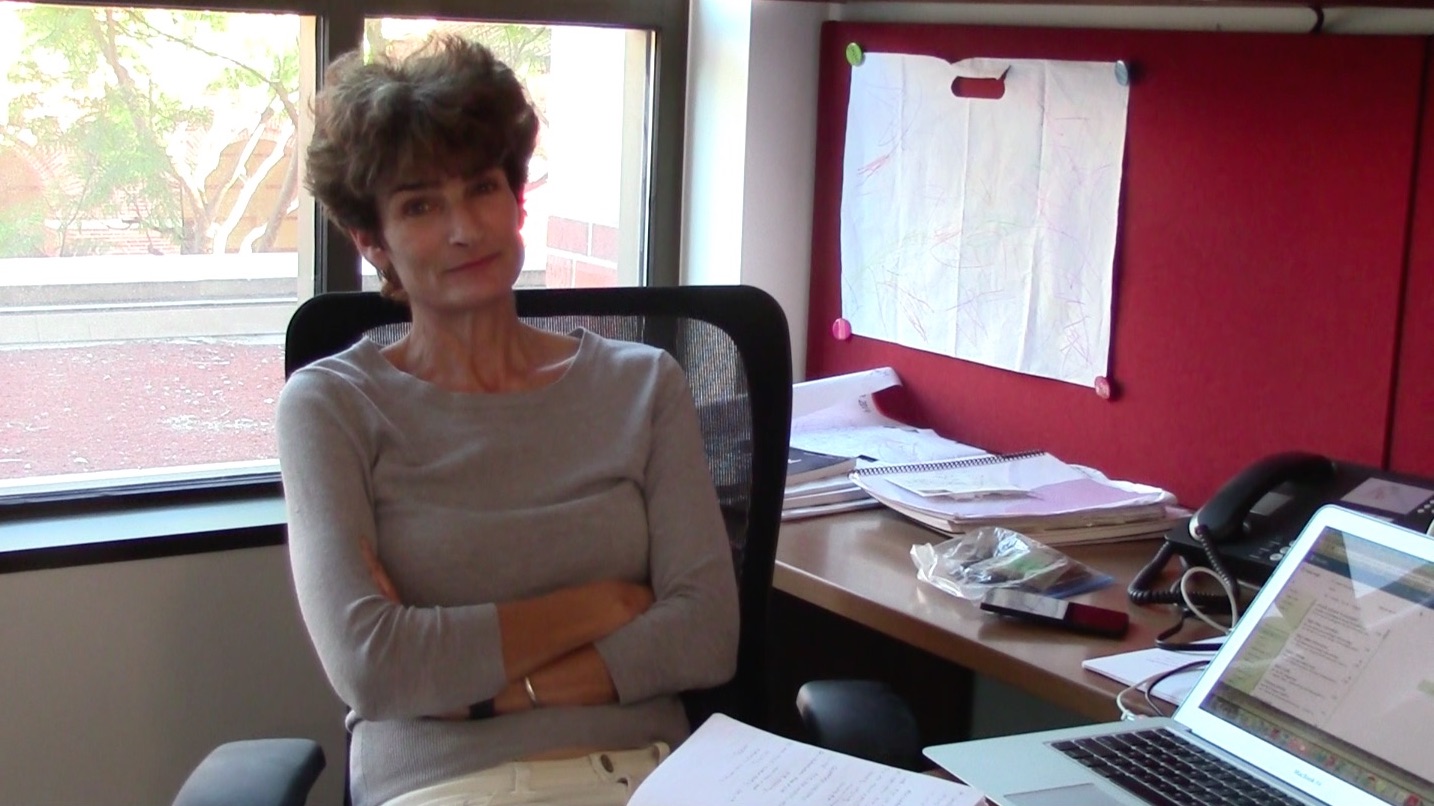
Why Do Some Men Do It?
Women try to explain catcalling.
Looking at street harassment and why men do it.
Can it be stopped?
By David Hodari

Women try to explain catcalling.

Stories of memorable catcalls.

How does L.A. compare?

Being told to.

Can other men help stop catcalls?
 Saturday afternoon, West Pico Blvd., Downtown. A woman walks down the street, attracting glances from men. (David Hodari)
Saturday afternoon, West Pico Blvd., Downtown. A woman walks down the street, attracting glances from men. (David Hodari)
Downtown, a drunk man grabbed May by the wrist when she ignored him.
As Randi and her 7-year-old son neared their Philadelphia home, a man shouted “why don’t you come over here and sit on my face?"
Chhaya walked down the street. “I’m naked up here, why don’t you come and join me,” called a voice from a window.
Though they may seem shocking, few of these stories will surprise anyone who has watched "10 Hours of Walking in NYC as a Woman."
The video, posted by Brooklyn-based anti-sexism charity Hollaback at the end of October, shows a woman being catcalled as she walks the city streets.
The video received more than 37,000,000 views in a little over a month.
As is the way with social media phenomena, the conversation surrounding the video lurched through the usual phases of praise, revulsion (Hollaback were criticized for editing out white catcallers) and imitation.
Finally, the milestone of parody was reached. Rip-offs ranged from the far-flung “10 hours of walking in Bangalore as a techie,” to the surreal “10 hours of walking as a horse.”
Social media phenomena such as the “10 hours” video and Emma Watson’s He For She campaign (to name just two recent episodes) have brought men’s place in feminism into sharp focus.
The video was not based on a new concept. In 2012, a student film - "La Femme de la Rue" - made a similar statement about street harassment in Belgium.
Older still, said Gender and Feminism Studies Professor, Elizabeth Kissling, is "War Zone." The 1998 student-inspired film differs from “10 Hours,” because in “War Zone” the victims confront catcallers with cameras.
When confronted, the men gave a range of reactions. “Some become very rude and some became really flustered and polite,” said the Eastern Washington University professor.
Kissling is fascinated and not just a little bit pleased by the current popularity of street harassment as a topic of conversation. “The way articles can spread so easily with social media,” she said, “that’s why it gets taken up by different groups.”Call and Response

Randi Fair, a photographer from Philadelphia, tries to avoid
engaging with men in the street (Randi Fair)
“I used to say that guys should say something,” said May Jabado, a U.S.C. graduate student. “But after seeing it in L.A. sometimes some guys will get beaten up, so I’m not sure I would want my friends to intervene.”
Jabado’s fears for Good Samaritans are not unfounded.
In late November, a San Francisco man was stabbed nine times after he asked a man to stop harassing his girlfriend. The violence that Ben Schwartz faced was hardly a one-off. Numerous other incidents have seen the attacks of both men and women who stood up to catcallers.
For Philadelphia photographer, Randi Fair, these incidents touch a nerve.
Fair avoids most interactions with men in the street. “As a woman, I can’t tell which one you are. Here’s a bowl of M&M’s and ten of them are poison,” said Fair. “Why don’t you go ahead and have a handful not knowing which ones are going to kill you.”
This, says Professor Kissling, is in some corners of the blogosphere referred to as ‘Schrodinger’s Rapist.’ “Women are so fearful of violence and rape that until proven otherwise, when a stranger approaches them in public spaces, they have to be cautious.”
According to 2014 figures from the Virginia-based non-profit Stop Street Harassment, 68 percent of women were concerned that incidents of harassment would escalate into something more serious.

But the fear often felt by many women does not always translate into a male understanding of street harassment.
Male Empathy
“I think in general, women tend to have better insights into whats going on with cat-calling than men do,” said Chicago-based journalist Noah Berlatsky.
“I don’t see very much cat-calling. I’m pretty tall, people don’t catcall me in general, and people don’t catcall my wife when I’m with her,” said Berlatsky, a contributor to the Atlantic magazine.
Berlatsky’s opinion fits the norm found in S.S.H.’s figures. While 65 percent of the women surveyed said they had experienced street harassment at least one, only 25 percent of men said the same.
It is hardly a shock that women are harassed in the street more than men. Berlatsky believes that men have an important role to play in putting an end to sexual violence and harassment.
“I think that its important to tell men that they’re responsible for their actions in terms of how they treat women and in terms of sexual violence,” he said. “Men need to realise that its not just up to women to address inequality and prevent sexual violence - men should be working towards those goals too.”
One attempt to do just this has also played out on social media. At the beginning of November, comedian and activist Elon James White began the campaign #dudesgreetingdudes with the message that “Im so confused as to why dudes are complaining about not being able to say hi to women. Go say hi to other dudes if you need to so bad.”
This tweet along White’s other ‘Dudes Greeting Dudes’ tweets received thousands of retweets.
Identity
White’s hashtag campaign highlights the need to better inform men about the impact of catcalling.
Eighteen-year-old high school senior, Harry Silverman, was recently featured in an online video which focused on his New York high school’s unique gender studies program.
“People think that what they’re doing is sometimes a good thing, I think that sometimes men are in the dark,” suggested Silverman. “They think ‘if I compliment this woman’s butt, that’s a good thing, she should appreciate that.’ There isn’t enough education as to why it’s wrong.”
Better education though, admits Silverman, is not the beginning and end of stopping street harassment.
“Men as well as women have predefined gender stereotypes - we are taught to be masculine and we’re taught to be macho and not show emotion,” said the student. Women are taught to be subservient. It creates a culture where men are taught to harass women.”
This idea that publicly undermining women is somehow part of a lot of men’s identities mirrors recent studies performed by behavioral psychologist Daphna Oyserman.
The U.S.C. Dean’s Professor for Psychology likens the way in which men compare themselves to women with another discriminated demographic - Native Americans.
Oyserman explained that the Washington Redskins controversy is an example of white people appropriating another culture and “basking in the reflected glory of someone else.”
“The thing about the Redskins’ mascot is that people got very angry and said “don’t you get it, we’re trying to honor you,’” Oyserman said.
 Daphna Oyserman sees white appropriation of Native American culture as being similar to some men's treatment of women (David Hodari)
Daphna Oyserman sees white appropriation of Native American culture as being similar to some men's treatment of women (David Hodari)
Similarly, men define themselves next to what they are not - women.
“I can’t demonstrate my masculinity if I don’t have a bunch of other people who are feminine. There’s a right way to be feminine,” she continued.
“If you're feminine, you look nice and I can turn around catcall. The way it works is “I’m trying to bestow upon you this lovely thing.” If they're ungrateful this makes you angry.”
If Oyserman is right, then it may take more than a few hashtag campaigns before many women can walk down the street without gripping their keys.
Put together, the "10 hours" video and Oyserman's words seem to reaffirm the idea, often attributed to Margaret Atwood, that men are most afraid that women will laugh at them and women are most afraid that men will kill them.